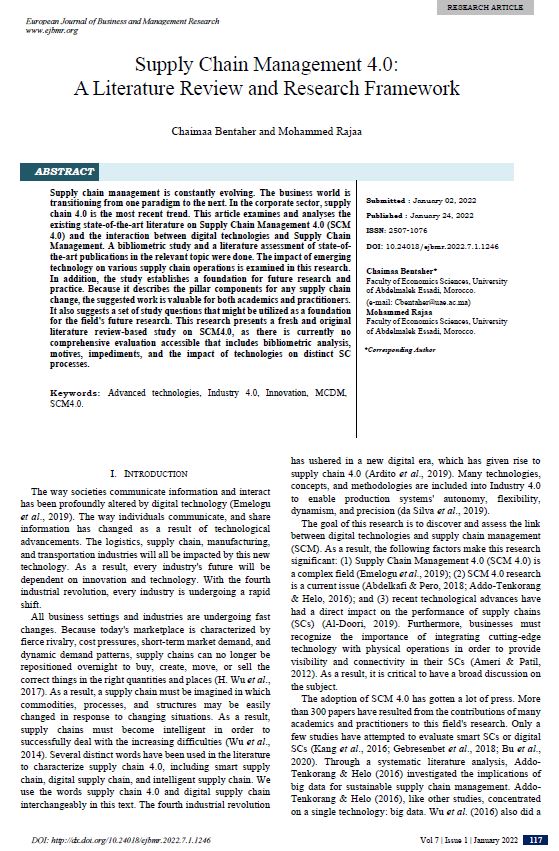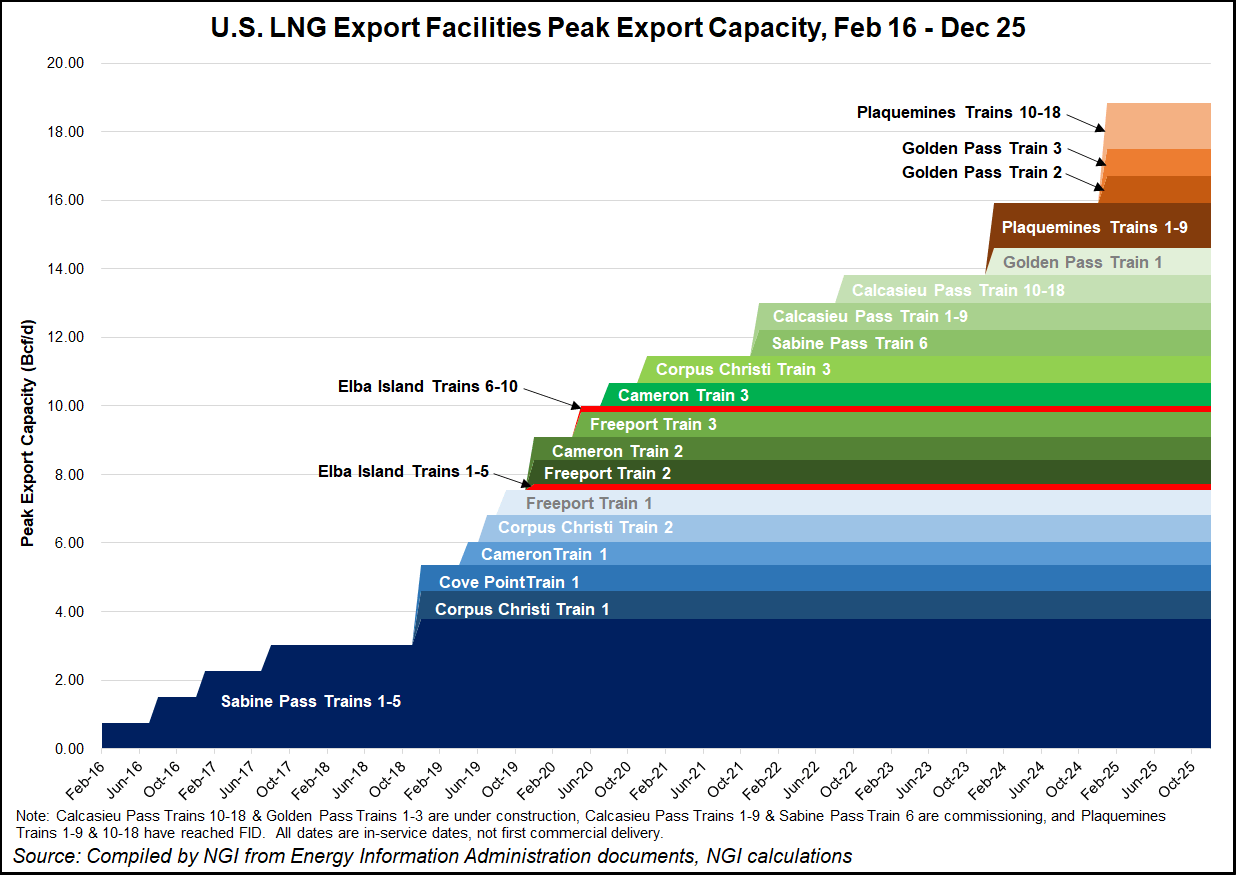
SIPOC diagram is a useful visual tool that helps to define the inputs and outputs of a business process. It allows team members and managers to identify business gaps or improve their operations.
The sipoc is a common part of the DMAIC Process Improvement Cycle, which is used to improve a business through continuous improvement and analysis. The diagram also helps teams to agree upon project boundaries and scope as well as Key Process Input Variables.
What is SIPOC?
SIPOC is a visually simple representation of the inputs to a process. The primary purpose of this diagram is to assist the team in understanding and analyzing the business processes at a higher level. This includes providing a picture that clearly shows the steps required to transform inputs to desired outputs.
What is the origin of the Sipoc Diagram?
The sipoc chart can be traced to the late 80s. It was developed as part of total quality (TQM) and Six Sigma models for improving business processes. The sipoc diagram has been used in lean production and business improvement programs for many years. It's a great tool to streamline processes, identify potential improvements and improve communication between stakeholders.

How do you make a SIPOC?
In order to construct a SIPOC chart, the first thing you need to do is choose which business process you would like to analyze. This will help your team and you focus on the important areas.
The next step is to determine what inputs are required for the process to work, and who provides them. You should list each supplier and their contact information, along with the raw materials that they provide to the process.
List all clients, internal and outside, who will receive the product or service. This can help to ensure that the company is providing high-quality products and services.
Inputs - This is the top section of a SIPOC Diagram and contains the information or materials specifications that are needed by the process. Material can be a physical good, like a product, but it can also be information, like a report.
Outputs is the second part of a SIPOC Diagram. It is usually a list that includes the products, services or actions completed as a result. Outputs should reflect what customers expect and should meet customer needs.

Customers: This section is the last of a SIPOC Diagram and it identifies all the clients who will receive the outputs from the process, internal or external to the organisation. This includes the maintenance team as well as line operators and other internal or external clients.
SIPOCs can be a powerful visual tool for improving communication and processes. It's easy to create and is a great way to get team members to understand the business processes that are being examined. Use a template which includes the main components of the diagram such as inputs, outputs. You can save both time and energy by using a template.
FAQ
What skills are required to be a production manager?
Being a production planner is not easy. You need to be organized and flexible. You must also be able to communicate effectively with clients and colleagues.
Is it necessary to be familiar with Manufacturing Processes before we learn about Logistics.
No. It doesn't matter if you don't know anything about manufacturing before you learn about logistics. But, being familiar with manufacturing processes will give you a better understanding about how logistics works.
What are the products of logistics?
Logistics involves the transportation of goods from point A and point B.
These include all aspects related to transport such as packaging, loading and transporting, storing, transporting, unloading and warehousing inventory management, customer service. Distribution, returns, recycling are some of the options.
Logisticians ensure that the right product reaches the right place at the right time and under safe conditions. Logisticians assist companies in managing their supply chains by providing information such as demand forecasts, stock levels and production schedules.
They coordinate with vendors and suppliers, keep track of shipments, monitor quality standards and perform inventory and order replenishment.
What are the 4 types of manufacturing?
Manufacturing refers to the transformation of raw materials into useful products by using machines and processes. It can involve many activities like designing, manufacturing, testing packaging, shipping, selling and servicing.
Statistics
- It's estimated that 10.8% of the U.S. GDP in 2020 was contributed to manufacturing. (investopedia.com)
- According to the United Nations Industrial Development Organization (UNIDO), China is the top manufacturer worldwide by 2019 output, producing 28.7% of the total global manufacturing output, followed by the United States, Japan, Germany, and India.[52][53] (en.wikipedia.org)
- According to a Statista study, U.S. businesses spent $1.63 trillion on logistics in 2019, moving goods from origin to end user through various supply chain network segments. (netsuite.com)
- Many factories witnessed a 30% increase in output due to the shift to electric motors. (en.wikipedia.org)
- You can multiply the result by 100 to get the total percent of monthly overhead. (investopedia.com)
External Links
How To
How to use the Just In-Time Production Method
Just-in-time (JIT) is a method that is used to reduce costs and maximize efficiency in business processes. It is a process where you get the right amount of resources at the right moment when they are needed. This means that only what you use is charged to your account. Frederick Taylor, a 1900s foreman, first coined the term. After observing how workers were paid overtime for late work, he realized that overtime was a common practice. He decided to ensure workers have enough time to do their jobs before starting work to improve productivity.
JIT teaches you to plan ahead and prepare everything so you don’t waste time. It is important to look at your entire project from beginning to end and ensure that you have enough resources to handle any issues that may arise. If you anticipate that there might be problems, you'll have enough people and equipment to fix them. This way you won't be spending more on things that aren’t really needed.
There are many types of JIT methods.
-
Demand-driven JIT: This is a JIT that allows you to regularly order the parts/materials necessary for your project. This will allow to track how much material has been used up. You'll also be able to estimate how long it will take to produce more.
-
Inventory-based : You can stock the materials you need in advance. This allows you to forecast how much you will sell.
-
Project-driven: This approach involves setting aside sufficient funds to cover your project's costs. Knowing how much money you have available will help you purchase the correct amount of materials.
-
Resource-based: This is the most common form of JIT. You allocate resources based on the demand. For instance, if you have a lot of orders coming in, you'll assign more people to handle them. If you don’t have many orders you will assign less people to the work.
-
Cost-based: This is similar to resource-based, except that here you're not just concerned about how many people you have but how much each person costs.
-
Price-based: This is a variant of cost-based. However, instead of focusing on the individual workers' costs, this looks at the total price of the company.
-
Material-based - This is a variant of cost-based. But instead of looking at the total company cost, you focus on how much raw material you spend per year.
-
Time-based: Another variation of resource-based JIT. Instead of focusing solely on the amount each employee costs, focus on how long it takes for the project to be completed.
-
Quality-based JIT is another variant of resource-based JIT. Instead of thinking about how much each employee costs or how long it takes to manufacture something, you think about how good the quality of your product is.
-
Value-based JIT is the newest form of JIT. In this instance, you are not concerned about the product's performance or meeting customer expectations. Instead, you're focused on how much value you add to the market.
-
Stock-based. This method is inventory-based and focuses only on the actual production at any given point. This method is useful when you want to increase production while decreasing inventory.
-
Just-in-time planning (JIT): This is a combination JIT and supply-chain management. It is the process of scheduling components' delivery as soon as they have been ordered. It's important because it reduces lead times and increases throughput.